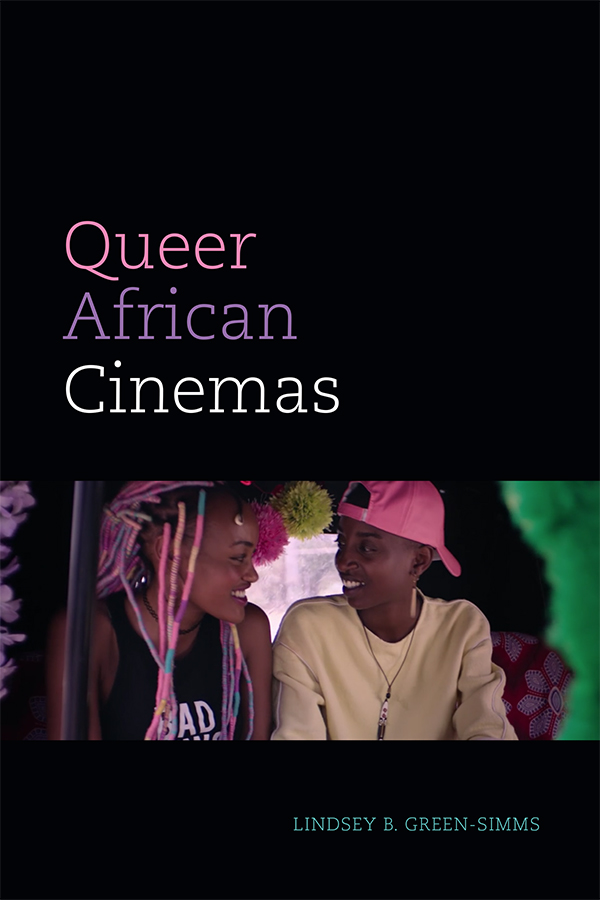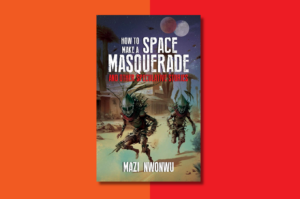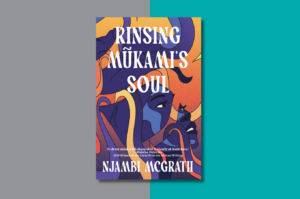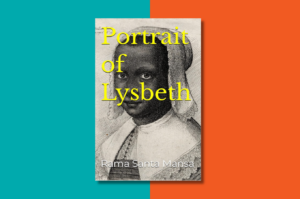
Introduction
Queer and African and Cinemas
I situate this project within the emerging and burgeoning field of queer African studies. Though there is still some debate about the applicability of the term queer to same-sex practices and desires in Africa, it has been the case that, at least for the past decade, the word queer has been widely used by those on the continent as a mode of thinking through and about diverse, nonconforming African sexualities and of challenging heteronormative assumptions. As Zethu Matebeni, a leading South African sociologist, curator, and filmmaker, and Jabu Pereira, director of the Johannesburg-based lgbti+ media advocacy organization Iranti, write in their preface to Reclaiming Afrikan: Queer Perspectives on Sexual and Gender Identities, the use of queer is “understood as an inquiry into the present, as a critical space that pushes the boundaries of what is embraced as normative” (2014, 7). But Matebeni and Pereira also understand that the term queer, like the acronym lgbti (lesbian, gay, bisexual, transgender, intersex) that it often stands in for, has the potential to conflate very diferent types of people and to reinforce invisibilities within the broader queer community. They also make clear that queer should be applied not just to twenty-first-century identities and that gender nonconformity in diferent forms has existed on the African continent for centuries, despite false claims that it is un-African. Thus, Matebeni and Pereira use the space-making and boundary-pushing term queer to acknowledge many forms and local categories of nonheteronormative sexual identities while emphasizing that it is far from perfect and that it has much work still to do. The Ugandan intellectual and activist Stella Nyanzi articulates some of this work when she argues that queer inquiry in Africa must take on a “two-pronged approach, namely queering African Studies on the one hand, and Africanising Queer Studies on the other hand” (2015a, 127). Taiwo Adetunji Osinubi (2016, xiv) writes in his introduction to the first queer-focused special issue of Research in African Literatures (ral) in 2016 that the question now is “less about the applicability of queer and more about the already-existing applications of queer in Africanist research.”
This, of course, does not mean that queer is a universally accepted term. As Serena Dankwa argues in Knowing Women: Same-Sex Intimacy, Gender, and Identity in Postcolonial Ghana, her study of intimate friendships between working-class women in Ghana, many people who engage in same-sex practices in Africa are uncomfortable with or unfamiliar with the language of sexual identity (e.g., queer, gay, bisexual, lesbian) that is more common in larger cities and activist or “Afropolitan” circles. Although she judiciously avoids using the term queer to describe people who would not use it to describe themselves (preferring instead to underscore the multiple and sometimes ambiguous ways same-sex-desiring women “know” each other), Dankwa, like the thinkers above, also recognizes the strategic usefulness of queer in literary and activist spaces across the African continent. While not ideal, part of the appeal of the term queer is that it can be more flexible as well as more inclusive of indigenous same-sex practices that fall outside of “gay” identities and that it can, despite its association with Euro-American spaces and identities, provide theoretical tools that unsettle rigid, Western understandings of sexual identities (Dankwa 2021, 24, 37). My own position follows the scholars above: despite its imperfections, the term queer is useful in naming both a range of nonheteronormative sexualities and the critical possibilities and openings they afford.
But what exactly constitutes queer African cinema? While the African literary scene has seen several queer-identified African authors—such as Binyavanga Wainaina, Jude Dibia, Unoma Azuah, Kevin Mwachiro, Frieda Ekotto, Frankie Edozein, Akwaeke Emezi, and Romeo Oriogun—making public statements, going on book tours, or publishing work that explicitly challenges homophobia, the same cannot be said of the African film scene. Feature films about queer African characters tend not to be made by people who publicly identify as part of the queer African community. Many, in fact, are not made by Africans at all, and some are made by African filmmakers who make films to depict homosexuality as a threat to the social order. Unlike queer African writing, queer African films often run into problems with national censorship boards that determine what can and cannot be said or shown. In their wonderfully ambitious and carefully argued book Queer Cinema in the World, Karl Schoonover and Rosalind Galt address this challenge with regard to queer cinema throughout the world. Citing the limitations of narrow definitions that reduce queer cinema to productions by or explicitly for queer people, the authors prefer a model that is more capacious and that is free from Western cultural presumptions about what a gay director or gay audience might look like. Schoonover and Galt (2016, 14) argue for an approach that does not “determine in advance what kinds of films, modes of production, and reception might qualify as queer or do queer work in the world,” and they set out to answer an equally capacious question: Given that queer world cinema is such an open-ended category, “where in the world is queer cinema?” Their response takes them to queer film festivals in New York and India and Botswana, and to video stores, BitTorrent sites, underground dvd markets in Iran and Egypt, and, of course, to sites such as YouTube and Vimeo. Such an itinerary allows them to leave open the definition of cinema, claiming that it is “a space that is never quite resolved or decided” (3), and to sidestep the tangled debates about how one defines world cinema. Rather, they opt for a discussion of a queer cinema that “enables diferent ways of being in the world” and “creates diferent worlds” (5), and they focus on “cinema’s unique role in sustaining and making evident queer counterpublics” (2).
Because the categories of “queer” and “cinema” can encompass so many diferent forms, I follow Schoonover and Galt in keeping the definition of the terms as capacious as possible. Additionally, one must always keep in mind that “the invention of Africa” by colonialists, as V. Y. Mudimbe puts it, means that “Africa” as an epistemological object of knowledge is also always a bit unresolved. This means that I am working with several terms—queer, Africa, and cinema—that are all multiply and sometimes arbitrarily determined and boundless. However, because one of the goals of this book is to think particularly and regionally about queer African cinema and the politics of place, I argue that in order to understand the world of queer African cinema, one must pay attention not only to the porousness of categories but also to the various material and political challenges faced by African audiences and African filmmakers in a global world. In other words, while Schoonover and Galt (2016, 30) privilege films that partake in “worlding,” a term that is necessarily diffuse, a more specific set of questions arises when trying to define queer African cinema, especially considering the paucity of publicly queer-identified filmmakers and the role of state censorship boards in trying to limit or prohibit films with queer African content. My aim, then, is to attend to the unique complexities and challenges of filmmaking, exhibition, and distribution in Africa, complexities that sometimes make it difficult to fit queer African cinema neatly into broader projects of “worlding” and creating queer world cinema counterpublics. READ MORE.
************
BUY Queer African Cinemas by Lindsey B. Green-Simms: Amazon









COMMENTS -
Reader Interactions